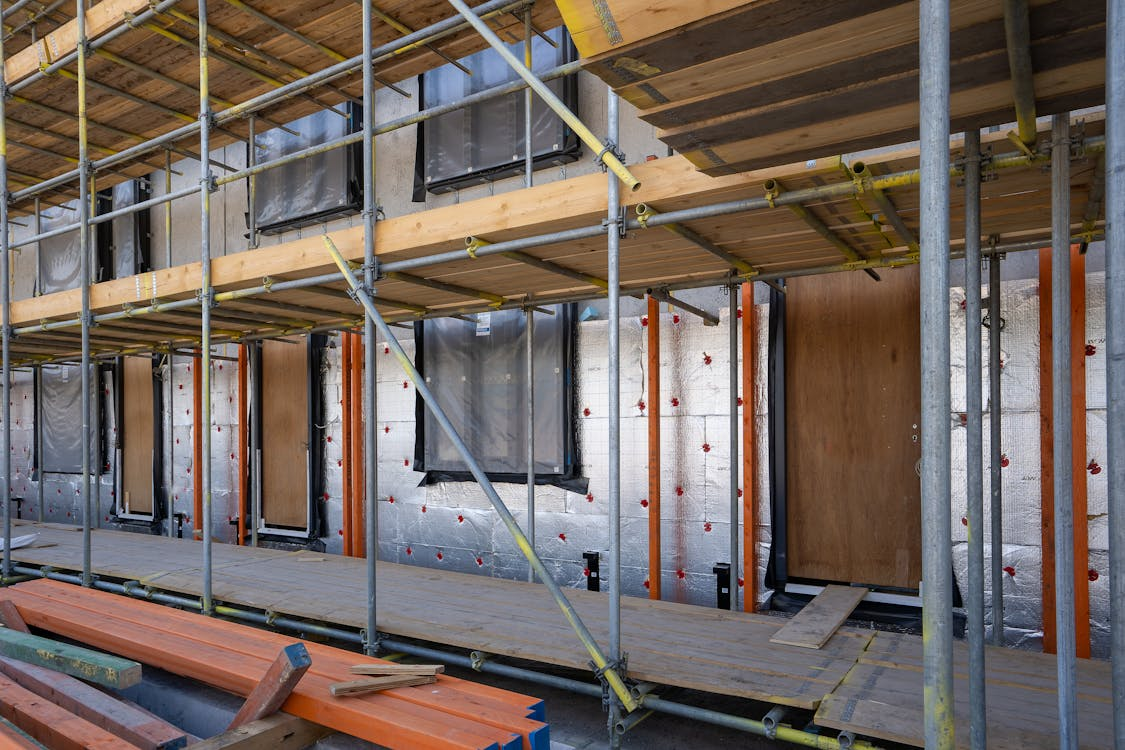Commercial real estate (CRE) has always been a cornerstone of investment portfolios, offering steady income and long-term growth. However, like all investment markets, commercial real estate trends are subject to change.
Recently, shifts in demand have become more pronounced due to various factors such as technological advancements, changes in work habits, and economic fluctuations. For investors, understanding these changes and adapting strategies accordingly is crucial.
Let’s explore the evolving landscape of commercial real estate and provide actionable insights for investors to navigate these shifts successfully and achieve their real estate investing goals.
The Changing Landscape of Commercial Real Estate
The Impact of Technology
Technology has revolutionized nearly every industry, and commercial real estate is no exception. The rise of e-commerce, for instance, has significantly altered the demand for different types of commercial spaces.
Traditional brick-and-mortar retail stores are struggling, while warehouses and distribution centers are thriving due to the surge in online shopping. This shift underscores the importance of logistics real estate, which includes warehouses and fulfillment centers.
Investors who recognize this trend and invest in logistics properties can potentially reap significant benefits.
Moreover, the advent of smart buildings, which integrate technology for energy efficiency, security, and comfort, is also changing tenant preferences. Companies are increasingly looking for office spaces that offer advanced technological amenities.
Thus, investing in properties that incorporate smart technology can make them more attractive to high-quality tenants, ensuring steady rental income and higher occupancy rates.

Shifts in Work Habits
The COVID-19 pandemic has had a profound impact on work habits, with remote work becoming a norm for many companies. This shift has led to a re-evaluation of office space needs. While some businesses are downsizing their office footprints, others are adopting a hybrid model, requiring flexible office spaces that can accommodate fluctuating numbers of onsite employees.
Coworking spaces have also gained popularity as they offer flexibility and a collaborative environment.
Investors can benefit from this trend by investing in properties that can be easily converted into coworking spaces or by partnering with coworking operators to create appealing office solutions.
Economic Fluctuations
Economic conditions play a significant role in shaping the demand for commercial real estate. During economic downturns, businesses may scale back their operations, leading to decreased demand for office and retail spaces. Conversely, economic booms can drive up demand as businesses expand.
Investors need to stay informed about economic trends and be prepared to adjust their portfolios accordingly. Diversification can help mitigate risks associated with economic fluctuations.
By investing in various types of commercial properties across different locations, investors can spread their risk and increase the chances of stable returns.
Strategies for Adapting to Shifts in Demand
Focus on Growing Sectors
Identifying and investing in growing sectors is a key strategy for navigating changes in commercial real estate demand. For instance, the healthcare sector has shown resilience and growth, driven by an aging population and increased healthcare spending. Medical office buildings and senior housing are examples of CRE investments that can offer stability and growth potential.
Similarly, the technology sector continues to expand, fueling demand for data centers. As businesses increasingly rely on cloud computing and data storage, data centers have become essential infrastructure. Investing in data centers can provide investors with exposure to a high-growth area within commercial real estate.
Embrace Flexibility
Flexibility is becoming a critical factor in commercial real estate. Properties that can be easily adapted to different uses are more likely to attract tenants. For example, a building designed with open floor plans can be more easily reconfigured to meet the changing needs of tenants.
Investors should consider the potential for adaptive reuse when evaluating properties. This involves repurposing existing buildings for new uses. An old warehouse, for instance, could be converted into loft apartments or office spaces. Adaptive reuse can be a cost-effective way to meet changing demand and add value to properties.

Prioritize Sustainability
Sustainability is increasingly important to both tenants and investors. Green buildings, which are designed to be energy-efficient and environmentally friendly, are becoming more popular. These buildings not only appeal to environmentally conscious tenants but also often benefit from lower operating costs.
Investors can enhance the value of their properties by implementing sustainable practices. This can include upgrading to energy-efficient HVAC systems, installing solar panels, or using sustainable building materials. Properties with green certifications, such as LEED (Leadership in Energy and Environmental Design), can command higher rents and attract premium tenants.
Leverage Technology
Investors should leverage technology to enhance their decision-making and property management. Real estate analytics tools can provide valuable insights into market trends, property performance, and tenant preferences, helping investors make informed decisions about when to buy, sell, or upgrade properties.
Additionally, property management software can streamline operations, improve tenant satisfaction, and reduce costs. Automated maintenance scheduling and online rent payment systems can simplify property management tasks and enhance the tenant experience.
Diversify Geographically
Geographic diversification is another effective strategy for managing risk and capitalizing on shifting demand. Different regions can experience varying economic conditions, regulatory environments, and demographic trends.
By spreading investments across multiple locations, investors can reduce the impact of localized economic downturns and take advantage of growth in different areas.
Investors should research emerging markets that show potential for growth. Secondary and tertiary markets, which are smaller than major metropolitan areas, can offer attractive investment opportunities with lower competition and higher yields.
Understanding the unique dynamics of each market is crucial for making successful investment decisions.
Act Quick
When acting quickly to finance a property, commercial bridge loans and short-term hard money loans are excellent options. These types of loans provide fast funding, helping investors seize opportunities in a competitive market.
Real estate hard money lenders specialize in offering these loans, which are typically easier to obtain and quicker to process than traditional bank loans. This speed is crucial for investors who need to act swiftly to secure desirable properties before other buyers do.

Commercial real estate trends are constantly evolving, influenced by technological advancements, changes in work habits, and economic fluctuations. For investors, staying ahead of these shifts and adapting their strategies is essential for success.
Ready to take your real estate investing to the next level? InstaLend is your private lending partner, offering flexible investment property loans tailored to your needs.
With our commercial bridge loans and same-day hard money loans, you can secure funding quickly and easily, helping you achieve your real estate investing goals without delay.
Contact us InstaLend and turn your investment dreams into reality today!










